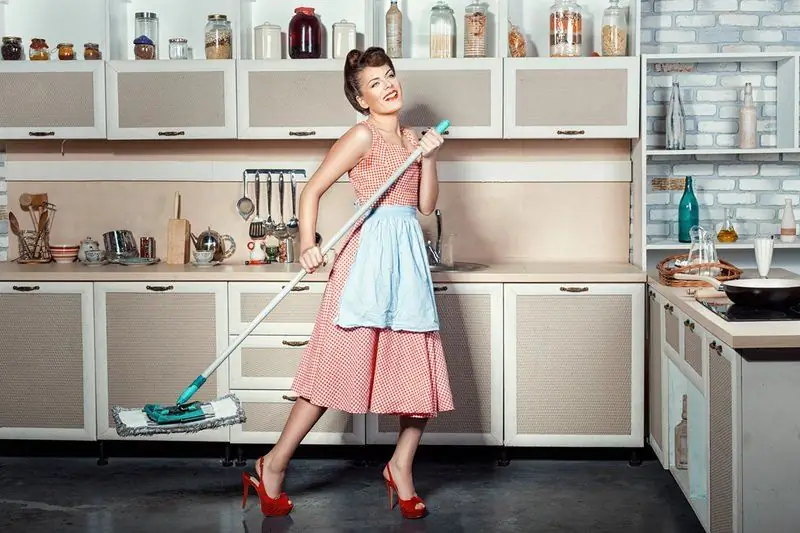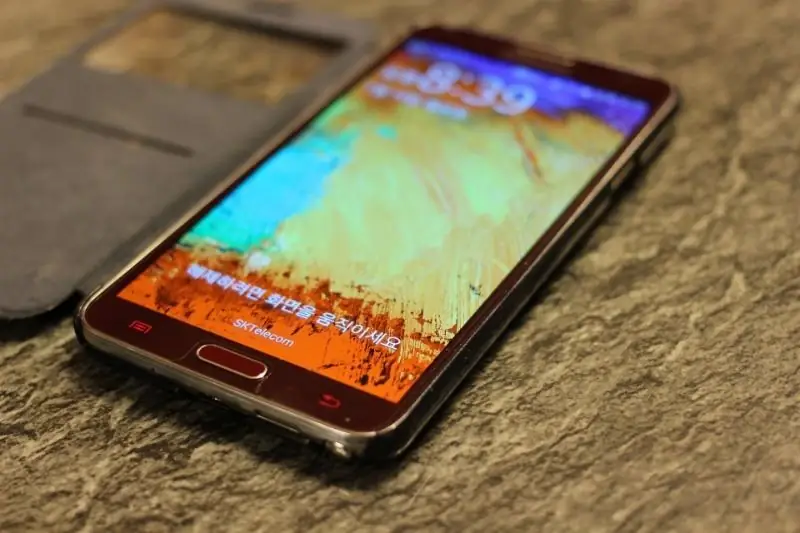
Table of contents:
- Author Bailey Albertson [email protected].
- Public 2023-12-17 12:53.
- Last modified 2025-01-23 12:41.
Why you can't put hot stuff in the refrigerator and what is the risk

The refrigerator, from the point of view of logic, is designed to cool food. But it is not recommended to put hot dishes (and even warm ones) in it. This instruction is passed down from generation to generation. A reasonable question arises: how can hot products harm the unit?
What you need to know about refrigerators
The cooling unit for cooling the interior space, an average of indicators + 4 ° - + 6 ° C. This is achieved by using freon - a gaseous refrigerant - or by circulating cold air (in devices equipped with a No frost system).

The refrigerator is designed for cooling and storing food
4 reasons not to put hotter in the refrigerator
Regardless of the cooling system, experts strongly advise not to put hot food in the refrigerator.
Failure to comply with this rule can lead to the following consequences:
- Spoilage of neighboring products. A hot dish placed in the refrigerator immediately heats the air a few degrees. Warm vapors spread to neighboring foods. Some of them (for example, herbs, dairy products) can spoil immediately.
- Changing the taste of food. A sharp drop in temperature can lead to souring of the dish itself. Some foods require gradual and even cooling.
- Increased compressor load. In refrigeration units, the compressor runs cyclically. It cools the air to a certain temperature and then turns off. If a hot dish enters the refrigerator, which immediately heats the air, then the thermal sensor is triggered. It sends a signal to the compressor and it starts to work actively until the temperature in the refrigerator reaches the required values. This overdrive operation can damage the compressor.
- The appearance of microcracks. Almost all refrigeration units are equipped with glass shelves. If you put a hot pot on such a surface, then, as is known from the physics course, the glass will heat up and expand. And this will lead to the appearance of the smallest microcracks, which may be invisible for a long time. But after a while, the glass shelves split.

Even one hot pot can spoil food and overheat the compressor.
The reaction of a freon refrigerator to hot
Conventional standard units, in which frost forms on the back wall, do not at all withstand temperature changes.
In addition to the problems described above, such refrigerators can face the following consequences:
- The appearance of the "fur coat". Hot food during the cooling process actively emit hot steam. The latter is deposited on the rear wall of the unit. Cooled with freon, it immediately turns into ice. This "coat" is growing rapidly. There is a need for unscheduled defrosting.
- Additional load on the compressor. Ice is a poor conductor. Therefore, the temperature inside the refrigerator in the presence of a "fur coat" will recover very slowly. This will result in an additional load on the compressor.

Hot in the refrigerator can freeze the ice coat.
How the No frost system will react
Some people are sure that refrigerators equipped with No frost can easily withstand temperature changes, because these units do not form an ice "coat" on the back wall. Indeed, hotter will do less harm to such refrigerators. The chilled air currents will equalize the temperature inside the unit rather quickly. However, it is impossible to completely eliminate the harm and risk to technology.
Hot food really does harm the refrigerator, regardless of the refrigeration system. Therefore, do not expose the unit to rash risks. After all, repairing or buying new equipment will hit your pocket hard.
Recommended:
Why You Can't Eat Fresh Bread, Including Hot

Why you can't eat fresh bread. The harm of warm bread. Under what conditions is hot baking especially dangerous?
Why You Can't Why You Can't Wash Floors On Friday: Signs And Facts

Why you can't wash floors on Friday: signs and superstitions. The opinion of the mystics and Orthodoxy
Why You Can't Put Your Bag On The Floor: Signs And Facts

Why you can't put your bag on the floor: signs and superstitions. Feng shui opinion. Logical explanations
Why You Can't Put A Photo On Your Phone Screensaver: Signs And Facts

Why you can't put a photo on your phone's screensaver: signs and superstitions. The opinion of psychologists
Why A Smartphone Is Put In The Refrigerator And What Is The Threat

They put a phone in the refrigerator for 4 reasons, and this has consequences
